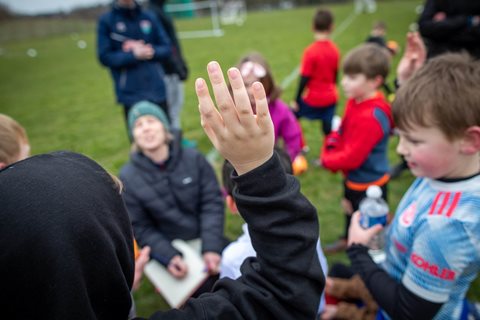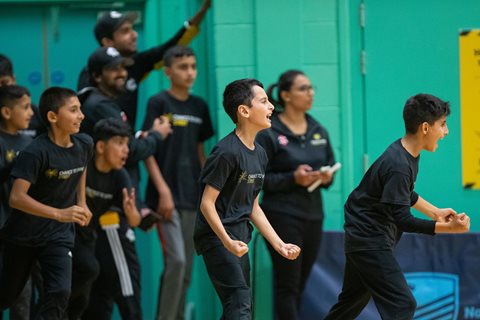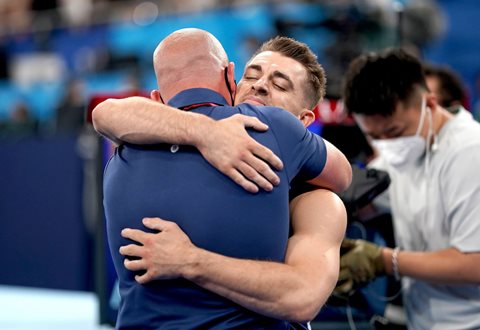Our cookies
We use essential cookies to make our website work smoothly for you. To make sure we're always improving, we'd like to use analytics to track how people use the site. We won't set non-essential cookies unless you give us permission. You can find more information about all the cookies we use in our Privacy and Cookie Policy.
Some cookies are a must for our website to function properly. If you turn off essential cookies, it may affect how you experience our site.
The non-essential cookies we use help us understand how you use our website and make improvements to enhance your experience.
Coaching Children’s Rights in a Sports Environment
Liz Twyford is an authoritative voice on children’s rights. By shining a light on the work that UNICEF is doing to champion children’s rights in the dynamic setting of sport and physical activity, she hopes to raise awareness and understanding of child-first theory, its impact and significance, and how its founding principles correlate and are applicable in the context of coaching
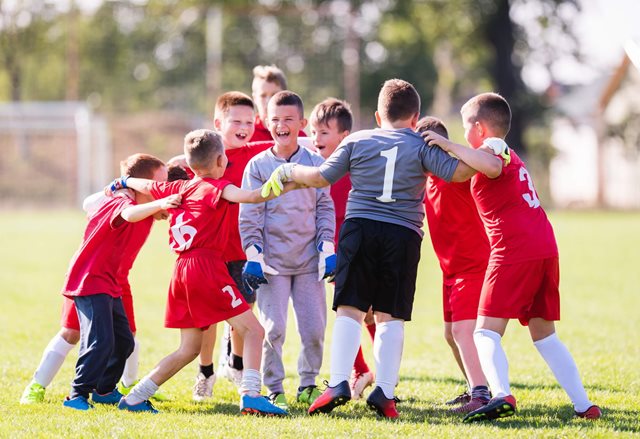
by Blake Richardson
The intention of this article is to inspire, support and provoke a moment of reflection for coaches on their own coaching practice with children and young people, by raising awareness of the far-reaching implications of adopting a child-first approach.
The UN Convention on the Rights of the Child (UNCRC) may seem a strange starting point for a discussion on coaching.
What does a document that sets out the ‘civil, political, economic, social and cultural rights that all children everywhere are entitled to’ have to do with sports coaching and delivering fun and engaging sessions, you may wonder.
We’re glad you asked.
‘Everything’ is the short answer.
Recognising and fulfilling the rights of every child is the foundation stone for improving a child’s experience of sport and physical activity and is fundamental to their development, as people and as performers.
The purpose of the United Nations is ‘to bring peace, dignity, and equality to all people on a healthy planet’.
Coaching too is all about people. By taking a person-centred approach, coaches help to improve children’s physical and mental well-being and support their personal and social development.
Only by putting the child’s interests at the front and centre of what they do can coaches hope to satisfy the individual needs and aspirations of the children they have a desire to nurture and an obligation to care for.
Getting right to it
The UNCRC contains 54 rights (or ‘articles’ as they are termed) that every child, everywhere, in every country, has.
They apply all the time, and they are attached to every aspect of a child’s life. Sport is no exception.
Children have rights as soon as they’re born, and they’re not taken away,” says Liz. “They don’t have to earn them. They are theirs. And we as adults have that responsibility to support children to realise their rights.”
Liz Twyford UNICEF UK
In her role as Sports Programmes Specialist at UNICEF UK, Liz looks at children’s rights in sport, around sport and through sport.
A good starting point for understanding how sport and child rights intersect is to consider the following:
- the significant part that sport and physical activity plays in so many children’s lives
- the amount of time some coaches spend with their participants
- the two-way connection that can develop, and the high level of rapport, trust and ultimately influence that engenders
- the key role that coaches can have on children’s learning and development.
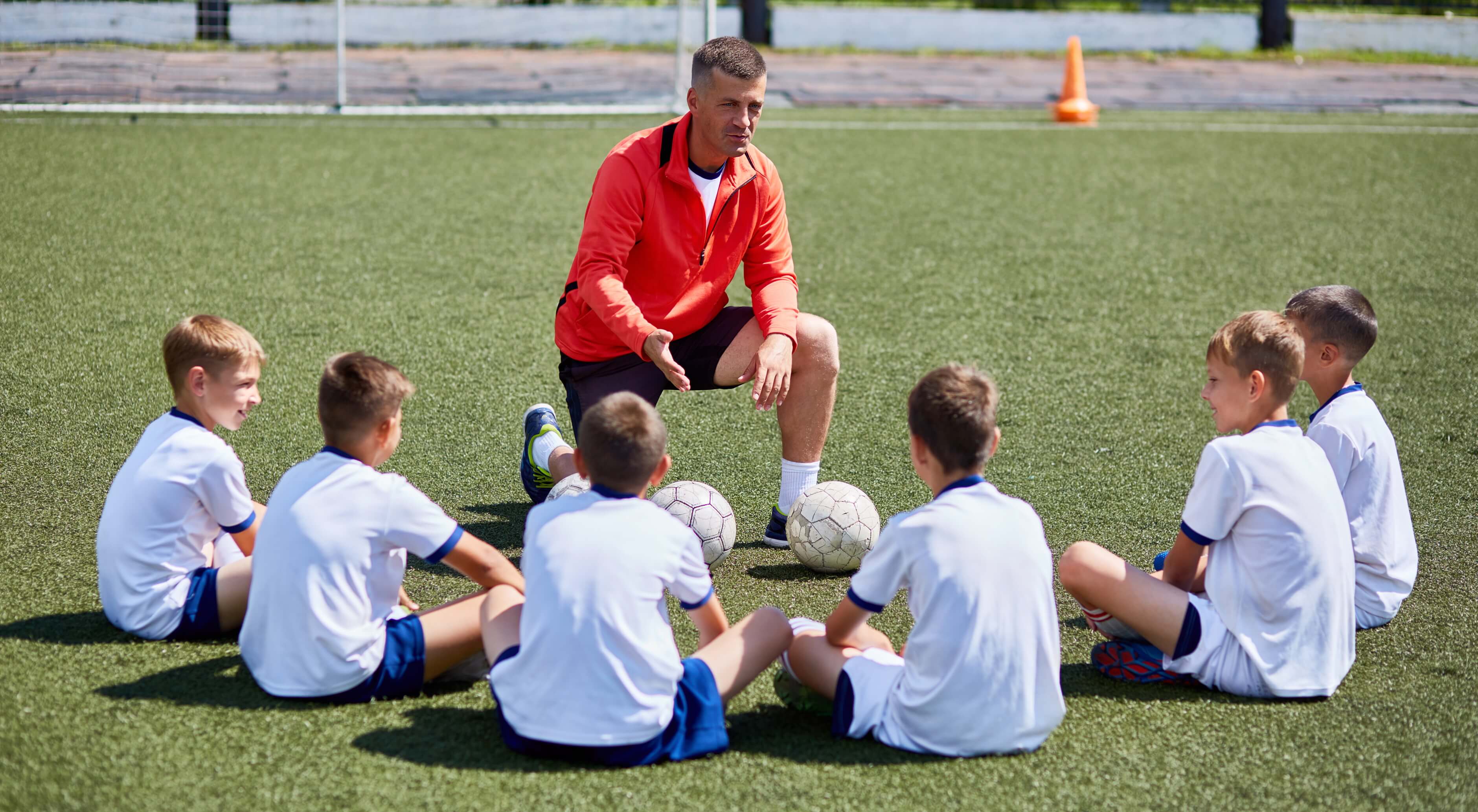
Educating coaches on children’s rights is so important because meeting children’s physical, social and developmental rights is a necessary condition for ensuring all the elements above work in perfect alignment and harmony, for the benefit of the child.
“Getting it right in sport has the potential to have a knock-on effect beyond sport,” says Liz.
“The skills that you develop on the pitch (that creativity, that decision-making, that teamwork, that communication), you carry into life off the pitch.
“And in relation to child-first coaching and the Play Their Way movement, I think it’s exciting that certain articles, certain rights, are really being pulled out.
So, the Children’s Coaching Collaborative’s three pillars of child-first coaching [Voice, Choice, and Journey], they map directly onto rights in the UN Convention and those 54 Articles.”
Specifically, Article 6, which is the right to survive and develop, Article 12, which is the right to have a voice and have their views considered and taken seriously, and Article 31, which is the right to play and exercise the right to decision-making.
The difference between needs and rights
Children are not mini-adults
Quite often we forget that children are people before they are performers.
As a nation of avid sport watchers, we see sport on television through the narrowest of lenses. Our area of focus is the thrill of competition, and the lust for all-out entertainment as athletes go all-out in the pursuit of victory.
When we see children winning Olympic medals and competing against adults on the world stage, we celebrate the fact. The younger they are, the more kudos they receive.
Examples include skateboarder Sky Brown, who in winning bronze at the Tokyo 2020 Olympic Games at the age of 13 years and 28 days, became Britain’s youngest Olympic medallist. And Tom Daley, who began competing on the international stage aged nine, represented Team GB aged 14, and was a world champion at 15.
It is not just the Olympics; sport at every level venerates high-performing children, to the extent that sometimes, setting realistic age-appropriate expectations for children can be innocently overlooked. It is critical, therefore, that coaches are attuned to their responsibility to treat children as children, and not miniature adults.
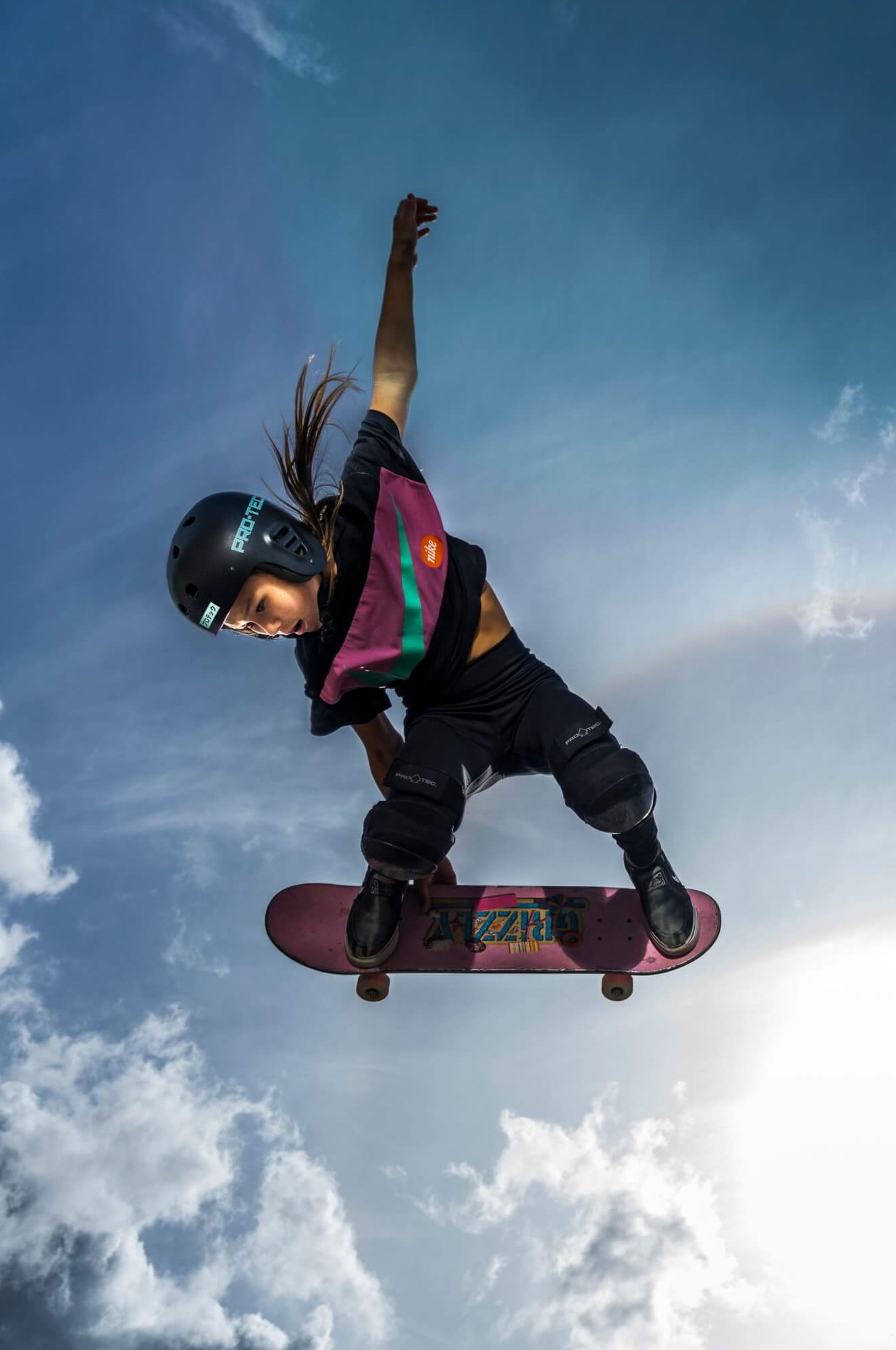
Children’s right to play
Coaches who practice a child-first, rights-based approach can positively and profoundly impact on all aspects of children’s lives, influencing their holistic as well as sporting development.
That opportunity to transform lives for children is so exciting and coaches play such a central role. They are often one of the few trusted adults in a child’s life. That’s quite a big responsibility but by adopting child-first coaching, they’re going to really help those children thrive.”
The UNCRC in its entirety covers three kinds of rights. It covers protection rights (making sure that children aren’t exposed to violence or exploitation). It covers provision rights (making sure that children’s rights to things like education, adequate housing, food and play are met). And it covers participation rights (making sure that children have information and can take part in decisions that affect them, and their lives).
“Most coaching practice is already going to be in this space,” says Liz, who doesn’t believe that encouraging coaches to adopt a child-first approach is asking them to do anything fundamentally different.
“Coaches might not have talked about it in terms of children’s rights or child-first coaching before, but there will be lots of things that coaches are already doing that absolutely resonate with what we’re talking about. So, they’re kind of doing it intuitively.
It’s about reframing the conversation to put the child at the centre, not the coach, and providing a framework that puts a laser focus on the individual children that are taking part.”
When coaches adopt child-first attitudes, methods, and coaching philosophy, children have a better experience, and they get better insights into the sport they are playing.
It’s a win-win.
“And I think what’s exciting for me is that adopting a child’s rights-based approach also improves the outcomes. Children become better decision-makers; they become better teammates; they have to listen more. All those skills that you would want children to develop through sport become more likely when you adopt a child-first approach.”
Which makes it a win-win-win! Better experiences; better insights; better outcomes.
Coaching children’s rights in an elite environment
Identifying what good practice looks like in football academies
A few years ago, UNICEF UK conducted a piece of research called Children Before Players looking specifically at elite football.
Because so much money, so many players, and so much attention is focused on the high-profile environment of professional football clubs, the risks to children’s rights are magnified.
“We wanted to understand, if you overlaid the UN Convention on the Rights of the Child onto practice in elite football for children, what did you discover?
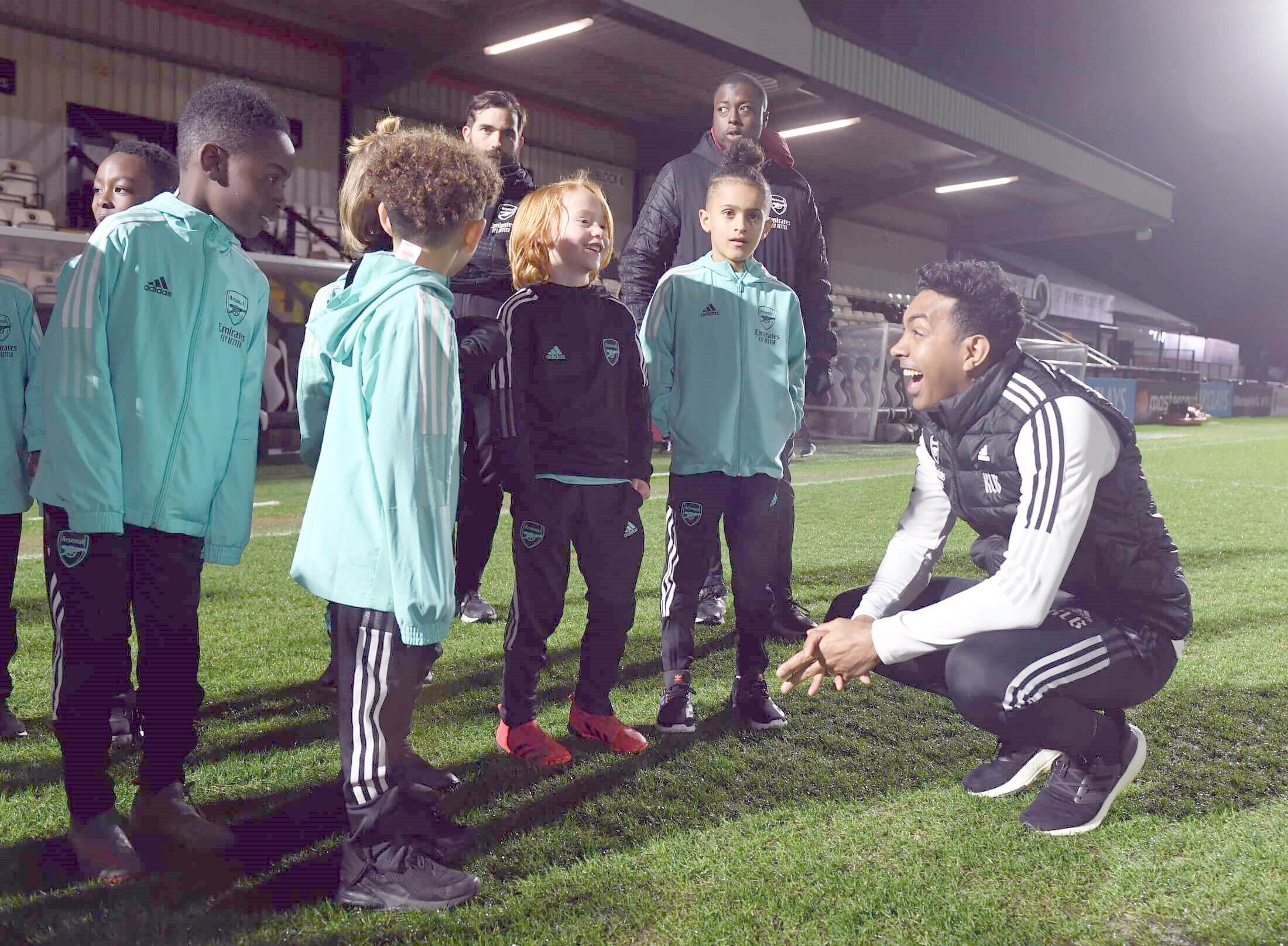
And what we discovered was, unsurprisingly, that there is poor practice and a lot of rights that can be under threat. The right to family life and to education; right to a voice; best interests of the child; right to health. Lots of rights can, in an overly commodified commercial environment, be forgotten.”
“We then worked with a number of football academies around the world to identify what good practice looks like.
“So, what does a child’s right to be heard look like in practice? Where is that happening? What does integrating education into the offer for children in academies look like when it’s done well? How do you make sure that you’re supporting children to realise their rights?
“And we produced this guidance called Children Before Players, which looks at these different areas and makes recommendations.”
UNICEF UK have extended their support to a broader range of sports bodies to look at what happens when you introduce a good understanding of children’s rights into that elite sport environment.
Staff have been asked to reflect on which ‘articles’ have a particular resonance with life in their elite domain and what might they do differently in their approaches as a result of those conversations and reflections.
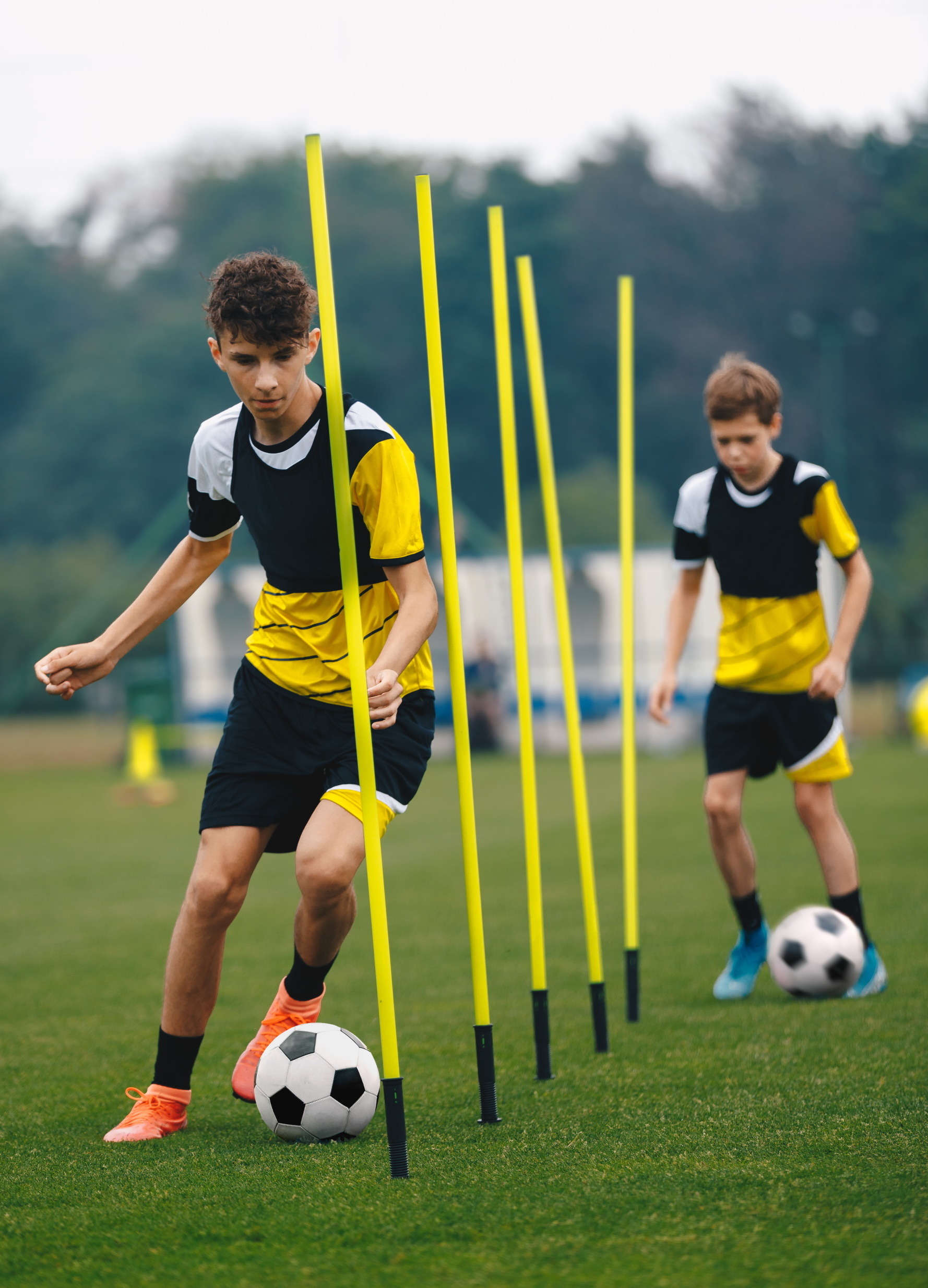
A favourite model of Liz’s relates to Article 12 of the UNCRC – the right to have a voice and be heard.
The Lundy Model of child participation
The brainchild of Professor Laura Lundy, this four-pillar model digs deeper into the importance of children being able to take part in decisions that affect them and their lives.
Liz provides a summary:
SPACE: There needs to be a space where children can speak up and comment and provide input and opinion.
VOICE: We need to support children to have a voice and express themselves. That might include training for children, and for staff on how to effectively facilitate that.
AUDIENCE: Someone needs to be listening. It’s not enough that we give the space for children to speak. Someone needs to actively listen.
INFLUENCE: If we gather children’s views but then do nothing with it, or even if we do something with it but don’t tell them about it, that is not meaningful. It needs to be acted on appropriately.
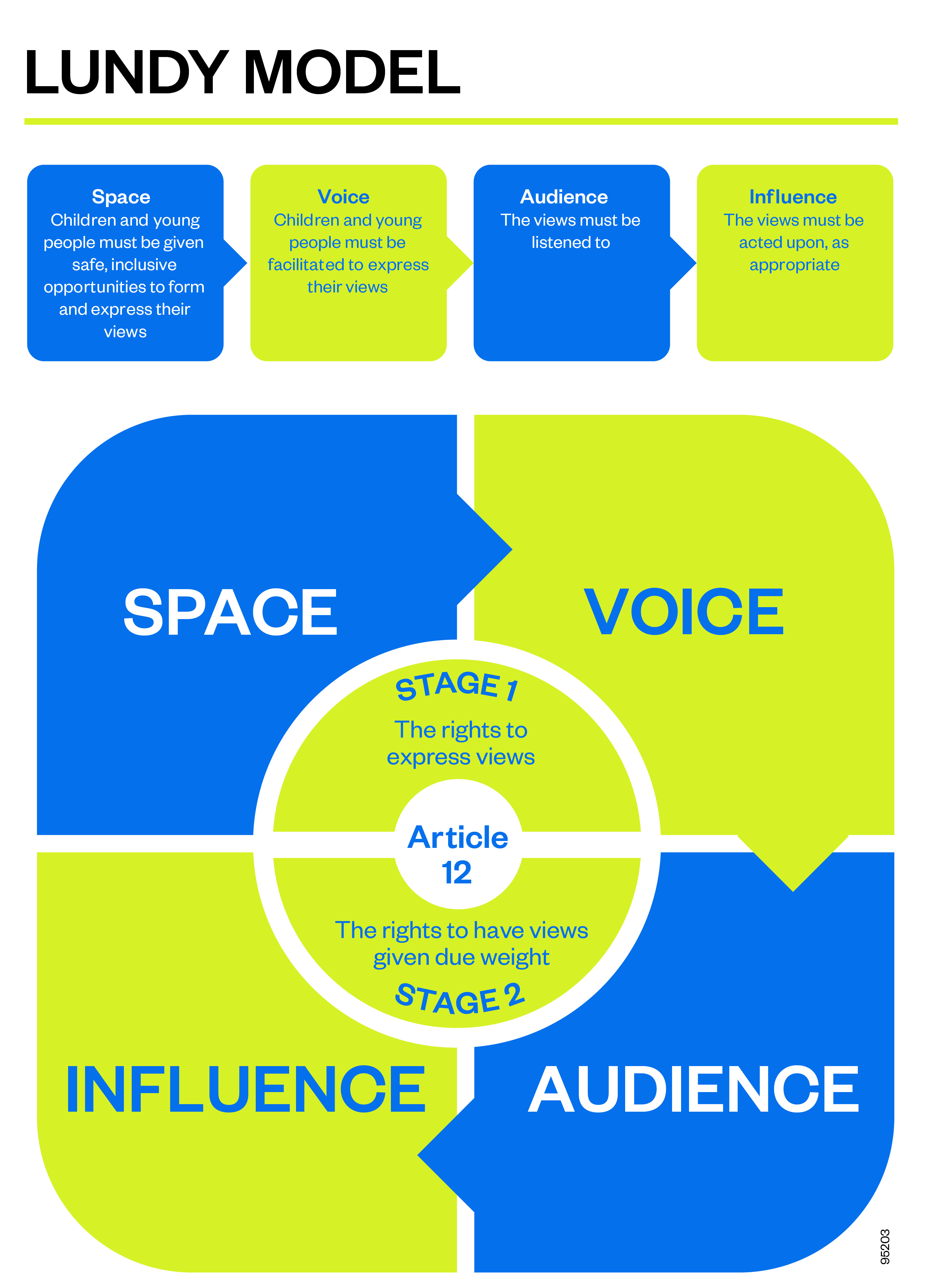
“We are using the Lundy Model to say, ‘okay, so what mechanisms do you have in place at the moment?’ And that’s right through from confidential anonymous reporting of safeguarding incidents through to more democratic structures of representation.
“And how do you make sure that those four conditions are met at every stage, in lots of different ways, from lots of different young people – not only the loudest or those who have got a seat at the table, but from all the people – so that you’re really hearing from them, and so that it can influence your practice.
“It's not enough to just say ‘speak up’, because the quieter ones won’t. You have to think deliberately [about] how you reach different children and give them those opportunities with the space, the voice, the audience and influence.”
The Lundy Model
Download a PDF of the Lundy Model to print out and refer back to during session planning.
DOWNLOAD
The value of child-led play
If you are denied a voice as a child, it is difficult to see how you would access your other rights.
The right to play, for example, which is equally important.
There isn’t a right to fun enshrined in the UNCRC but, as all coaches know, the more children enjoy something, the quicker and easier they learn. Why? Because if you’re enjoying something, then you listen more and you engage more.
So, if you want to improve the focus of your participants, focus on having fun through games-based activities.
And remember, embracing your children’s right to play will not detract from the competitiveness of sessions or diminish their will to win.
Quite often there is this false dichotomy created between either winning or being child-first – either achieving on the pitch or achieving children’s rights. They can exist alongside each other,” says Liz.
“Children like competing. And, you know, it’s great that they have that space to do that. It’s not a choice between the two, but it is a choice about being coach-centred or being child-centred.
“It is fundamental to children’s development that they get that opportunity to push boundaries, to lead activities themselves, to learn all the skills that you can learn through fulfilling that right to play: communication, leadership, teamwork.
“The right to play and the right to have a voice is about making sure that children have that space to be creative and that space to take the lead and to really enjoy what they’re doing.”
You have the right to argue against that view, of course. But we sincerely hope this article has persuaded you that the right approach to achieving positive child development is embracing a culture shift from purely adult-led coaching to an increasing emphasis on child-led sessions.
Next steps
A free course on Children's Rights is available through The Open University's online learning programme OpenLearn, designed to help you:
- understand the issues surrounding children's rights
- examine the implications of seeing children as citizens
- explore the meaning of childhood and analyse children's needs.
Other resources you may like...
SHARE THE MOVEMENT
Help spread the word by sharing this website with fellow coaches!

